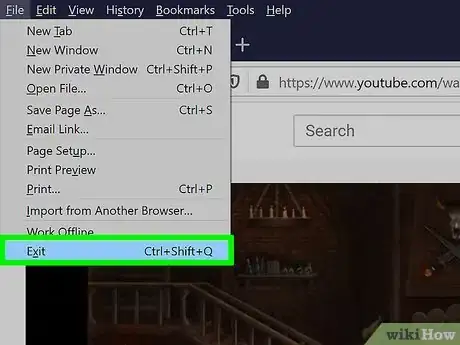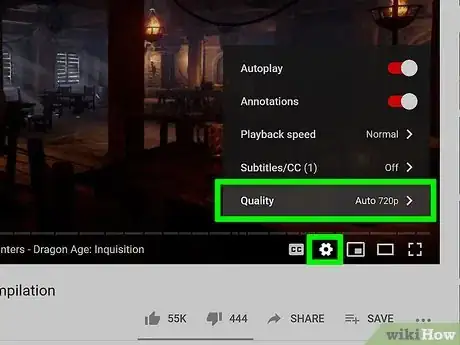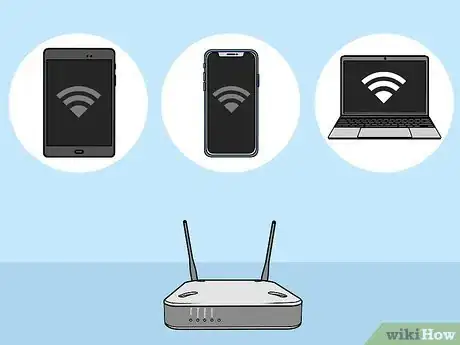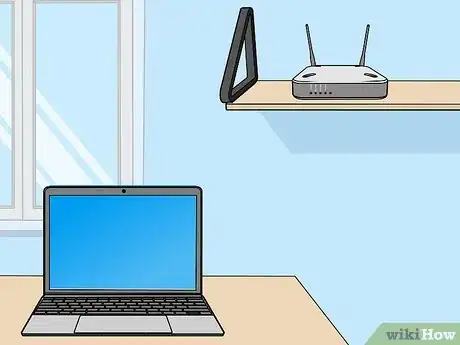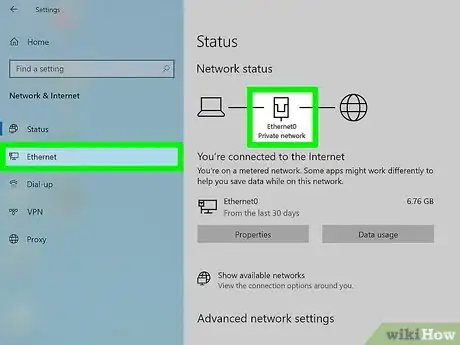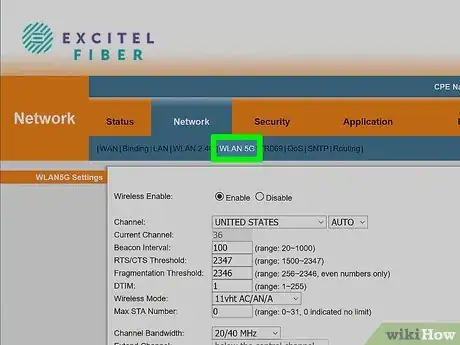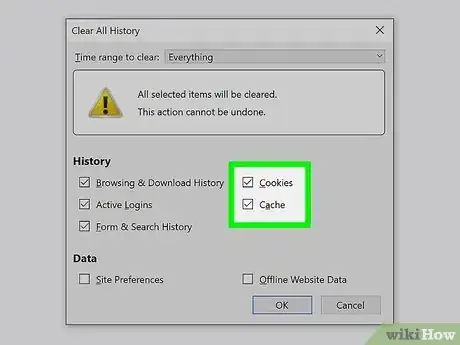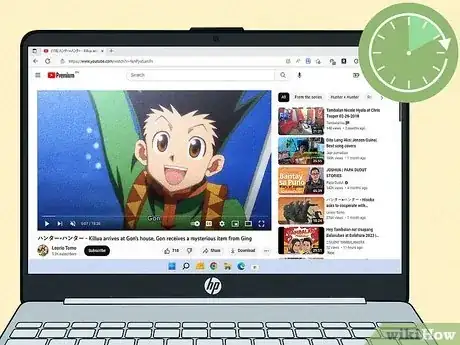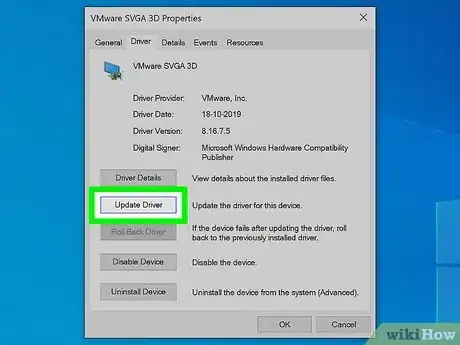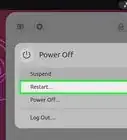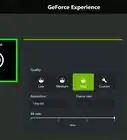The complete guide to reducing video buffering while streaming movies and shows
This article was co-authored by wikiHow staff writer, Kyle Smith. Kyle Smith is a wikiHow Technology Writer, learning and sharing information about the latest technology. He has presented his research at multiple engineering conferences and is the writer and editor of hundreds of online electronics repair guides. Kyle received a BS in Industrial Engineering from Cal Poly, San Luis Obispo.
The wikiHow Tech Team also followed the article's instructions and verified that they work.
This article has been viewed 532,229 times.
Learn more...
Are you tired of seeing "buffering" when you're watching videos? Problems with video buffering can be frustrating and really slow down your video streaming experience. There are several ways to stop and reduce buffering on your network, such as pausing the stream, closing other apps, reducing Wi-Fi interference, and decreasing the resolution of the stream. This wikiHow guide shows you how to reduce buffering while streaming videos on your computer, smartphone, and smart TV.
Things You Should Know
- Reducing the video stream quality when your connection is slow can stop buffering.
- If you pause the stream for a while, it will continue to buffer in the background. When you start playing the video again, it won't stop to buffer as much.
- Update your streaming apps and operating system to the latest version for the fastest experience available.
Steps
Pause the stream and let it catch up.
-
Pause the video for a few minutes. Trying to make YouTube stop buffering? Pausing allows your streaming video to build a bigger buffer. This allows the video to play longer before it needs to buffer again.
Close other apps.
-
Quit all other background programs. Other background processes and downloads will consume extra resources and bandwidth that could otherwise be attributed toward live streaming. Even if they are running in the background. Quit any games and applications that may be running in the background when doing live streaming.[1] X Research source
Restart the app that's buffering.
Switch to a lower video quality.
-
Reduce the resolution of the video in the settings. Reducing the quality of videos helps decrease bandwidth and instances of buffering. If using third-party software or services to stream videos, modify video quality via the settings menu.
- For example, if the buffering is happening on YouTube, you can click or tap the gear icon, select Quality, and choose a lower resolution (e.g., switch to 720p if the default is 1080p).
- You should also avoid streaming video at faster speed (i.e., 1.25x speed). This makes it much more difficult for the app to stream the video without buffering.
Update your streaming apps.
Disconnect other devices sharing the same connection.
-
Limit the amount of devices connected to your network. Multiple devices on the same internet network will consume that network’s bandwidth and cause buffering, especially if your router is unable to support a heavy traffic load. When streaming videos, make sure internet usage is limited across devices. Power off any internet-connected devices that are not needed.[2] X Research source
Download the video.
-
Download the video onto your device. Many streaming services (such as Netflix) allow you to download content directly to your device. After the download is complete, you can watch the video with no buffering! This is especially helpful for watching TV on your computer when traveling.
Restart the router.
-
Restart your router to reset the connection. Performing a hard reset on your router allows it to re-establish an internet connection. To restart your router, simply unplug it for about 10 seconds and then plug it back in. Allow a few minutes for the router to boot back up and for your streaming device to reconnect to it.[3] X Research source
Move your wireless router closer and reduce interference.
-
Move your wireless router closer to your streaming device. If you move too far from your Wi-Fi router, your internet connection will become unstable. Walls, metal objects, and electric devices can also interfere with your wireless connections. Try moving closer to your wireless router, or place your wireless router in a centralized location where it isn't blocked by as many walls, and other objects.
- Check out our guide on increasing your Wi-Fi range. Alternatively, you can connect a second wireless router, or mesh wi-fi system to extend the range of your wireless network.
Try ethernet instead of Wi-Fi.
-
Consider using a wired internet connection while watching the video. Wireless internet connections are more likely to be disrupted by problems with signal, frequency, and physical obstructions, such as walls or furniture, leading to non-stop buffering. Try switching to a wired Ethernet connection to help eliminate problems with buffering.
- Did you know you can connect your computer to your TV? If you’re streaming video on your computer, this is a great method to watch on a bigger screen.
Upgrade your internet connection.
-
Consider increasing or improving your internet speed. If you frequently have problems with buffering and a slow internet connection, upgrade your internet router or internet plan with your Internet Service Provider (ISP).
- If your Wi-Fi has been slow or isn’t working, there are a few things you can try to fix your internet connection and increase your internet speed. Restarting your streaming device and router is a good place to start.
- You can test your internet speed using an online speed test like https://www.speedtest.net/. This will show you the speeds you’re getting on your device. If the speed is lower than you’d expect from your internet plan, you can try calling your ISP’s custom support line to correct the issue.
- Try using a dual-band router that offers a 5GHz network with extra bandwidth. This router type is often most suitable for online streaming and is known to reduce buffering. 5GHz can transfer information more quickly, but it has a smaller range than the 2.4GHz band. This means 5GHz will be especially useful if your router is close to your streaming device.
Clear your cache and cookies.
-
Delete your browser’s cache and cookies. If you are using a web browser on your PC or Mac to stream video, clear your browser's cookies and cache to help reduce buffering and lag time.
Wait for a better streaming time.
-
Wait to watch until it's a less busy time for internet use. When lots of people in your area are trying to use the internet all at once, it can slow down your internet speed. This often happens during the evening prime-time hours. Try waiting a few hours and resume streaming during a less busy time.
Check your computer for malware.
-
A virus or malware infection on your computer can lead to constant buffering. Malicious software will often cause one or more processes to run in the background and slow down your Internet speed. Make sure you have a reliable antivirus program installed on your computer and that you frequently scan your computer for viruses and malware.
Update your streaming device.
Update your video drivers.
-
If you're using a computer, check for updated graphics drivers. Most video cards are updated automatically at the time you install Microsoft or Apple updates. However, if you installed your own custom video card, navigate to the manufacturer’s website to download and install updated drivers for your video card.
- Check out our expert guide on updating video card drivers on Windows or Mac for more information.
Community Q&A
-
QuestionWhat does buffering mean?
 Community AnswerBuffering is when a video keeps pausing or loading, interrupting play. It's usually due to a poor internet connection.
Community AnswerBuffering is when a video keeps pausing or loading, interrupting play. It's usually due to a poor internet connection. -
QuestionIf I get an extender, will that help the buffering?
 Community AnswerIf your console is far away from the WiFi hub, it may improve the connection. If the console already has a close line-of-sight to the cablemodem or router, then all an extender will do is increase the range of the connection.
Community AnswerIf your console is far away from the WiFi hub, it may improve the connection. If the console already has a close line-of-sight to the cablemodem or router, then all an extender will do is increase the range of the connection. -
QuestionHow do I prevent buffering on a console?
 Community AnswerTry using a wired connection instead of WiFi. Using an Ethernet cable, plug into a port on your router and into the back of the console.
Community AnswerTry using a wired connection instead of WiFi. Using an Ethernet cable, plug into a port on your router and into the back of the console.
You Might Also Like
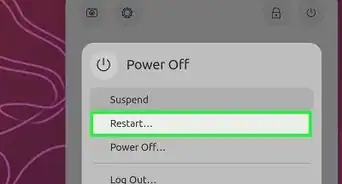 How to Update Your Nvidia Drivers
How to Update Your Nvidia Drivers

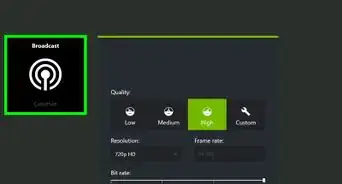 How to Access Nvidia Overlay with GeForce Experience (2020)
How to Access Nvidia Overlay with GeForce Experience (2020)

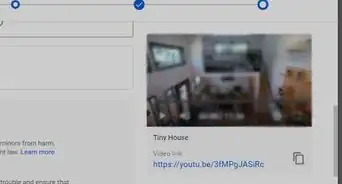
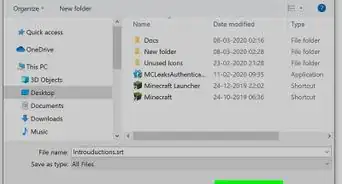

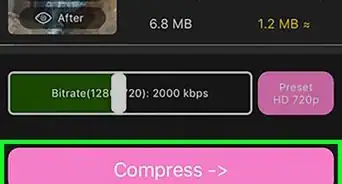
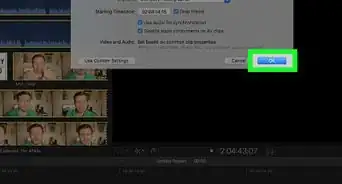
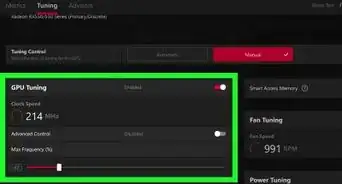
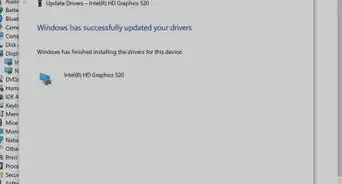
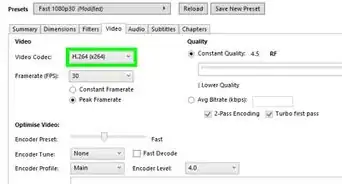


References
About This Article

1. Quit all background apps and services.
2. Limit the number of devices connected to your network.
3. Pause the video for a few minutes.
4. Restart your router.
5. Move closer to your wireless router.
6. Use a wired connection.
7. Reduce the video quality settings.
8. Upgrade to a faster router.
9. Upgrade to a faster internet plan.
10. Clear your browser cache.
11. Make sure your system and apps have the latest updates.


